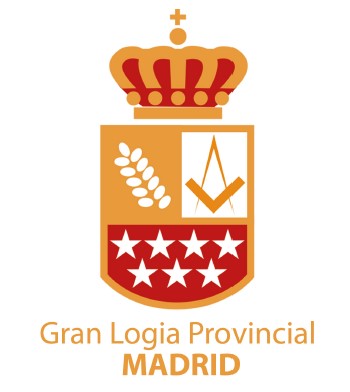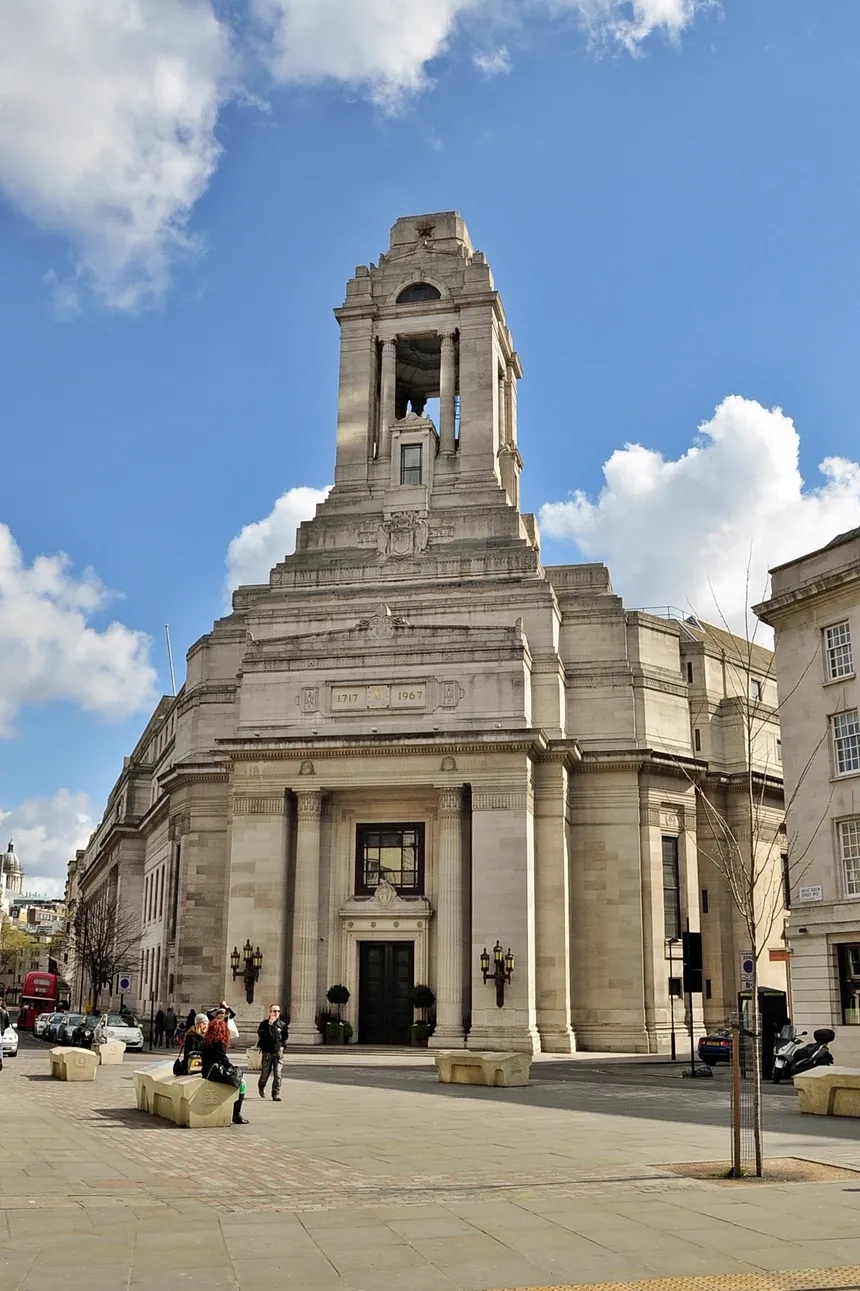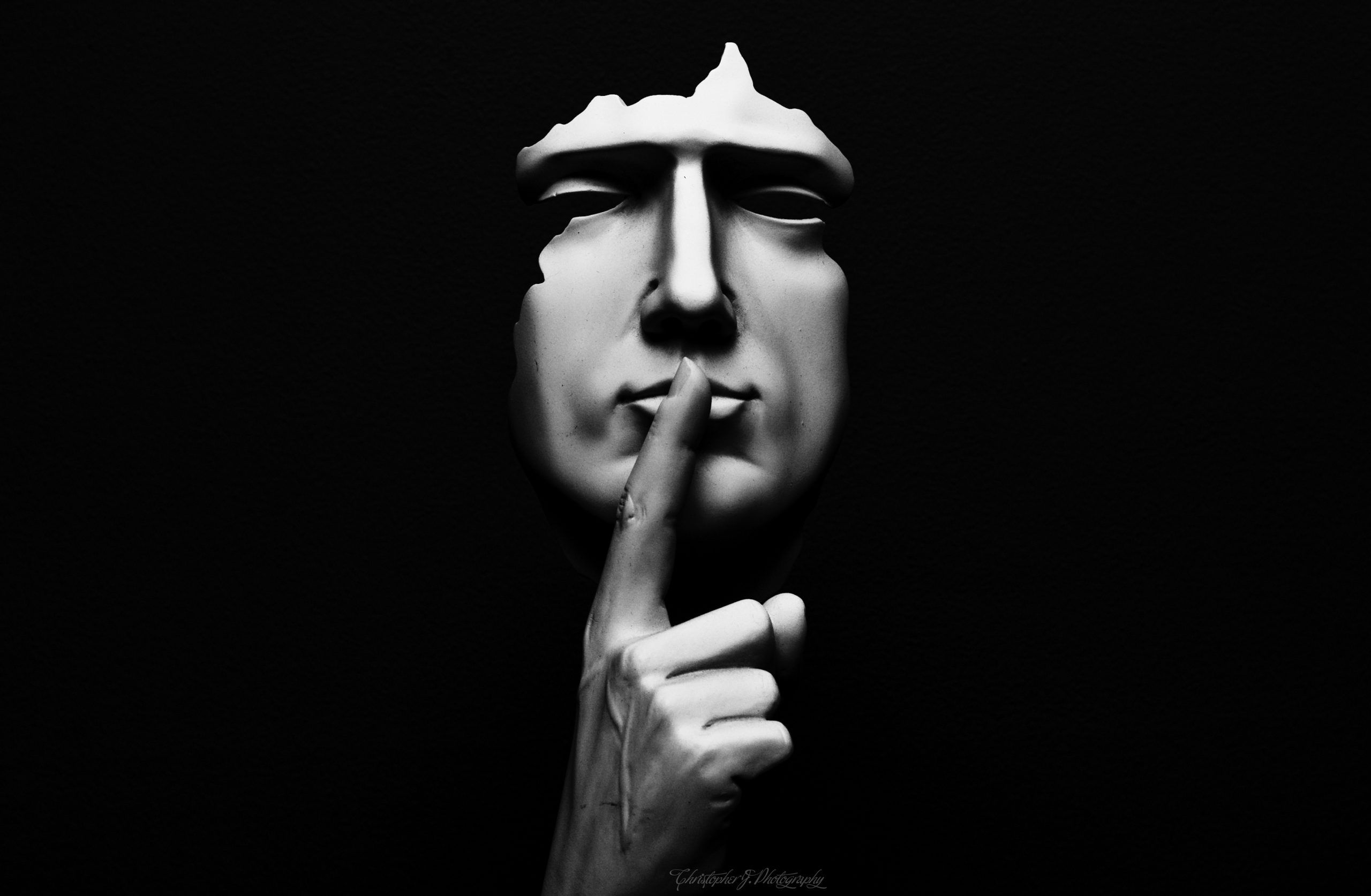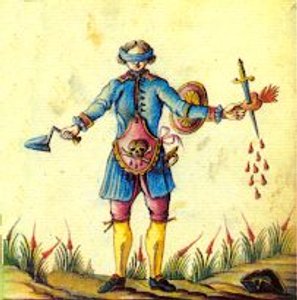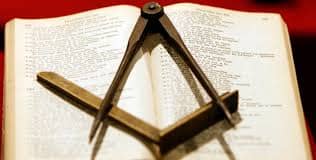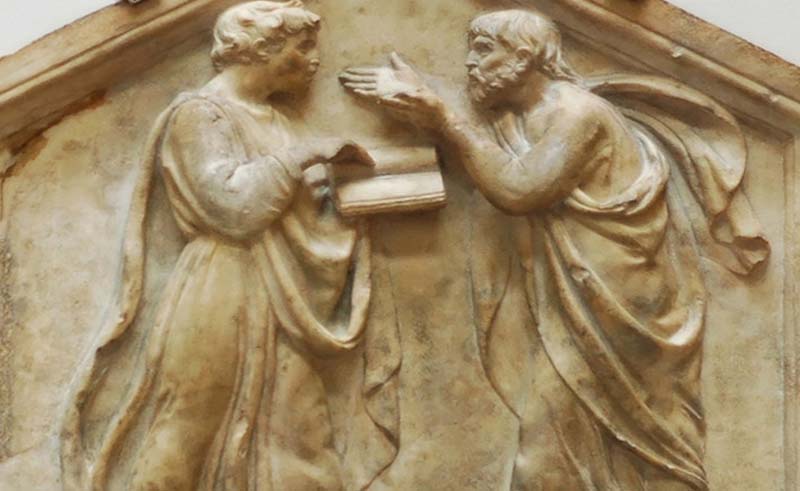Introduction
Since its inception, Freemasonry has affirmed both a spiritual and social dimension, as seen in its reference to God, the Great Architect of the Universe, and its promotion of social bonds through Masonic fraternity. This suggests a vertical/horizontal link, harmonizing the celestial and terrestrial, expressed through Masonic symbolism.
The word “symbol” originally meant “to unite, to gather.” A symbol serves as a bridge between the ideal and the material. Masonic symbolism implies both information and meaning, forming an ordered system of transmission for members to understand and integrate.
The Masonic Temple
Sacred geometry plays a crucial role in the Masonic temple, where spatial positioning and layout define specific functions. Everything holds meaning.
The presence of the number three is evident in the Masonic temple, governed by the principle of triangulation. This is reflected in the opening and closing of rituals, where the Worshipful Master, along with the Senior and Junior Wardens, lights and extinguishes candles at the pillars of Wisdom, Strength, and Beauty. This space-time dynamic recalls the primordial act of creation, symbolized by the lighting of candles transitioning from darkness to light: FIAT LUX. Alchemically, the number three evokes body, soul, and spirit.
Man as the Microcosm
The human body serves as the vessel for mental transformations.
The structure of Masonic ritual generates cognitive and behavioral changes, triangulating spirit, soul, and body as a path toward unity of being. Referring to the body as a temple/sanctuary has caused confusion in the past, such as in the New Testament when Jesus said, “Destroy this sanctuary, and in three days, I will raise it up.” He referred to the sanctuary of his body, yet listeners thought he meant the physical Temple building.
Metaphors and Analogies
Metaphors using analogies attempt to encompass the whole. Chinese cosmology offers an example:
The Chinese emperor was considered the son of heaven, with his palace as the center of the world. His life and body were thought to align with the sun, moon, and seasons. Spatial proportions were tied to the human body and reflected in palace and temple designs.
Man: The Measure of All Things
The concept of man as the center of the world is ancient, found in Leonardo da Vinci’s Vitruvian Man and Pico della Mirandola’s discourse on the dignity of man.
- The Vitruvian Man: Leonardo’s drawing, based on Vitruvius’s work, shows a man with outstretched arms and legs within a square and a circle, symbolizing the “canon of human proportions.”
- Some scholars suggest that Leonardo applied the “golden ratio” or divine proportion (phi).
For René Guenon, man reflects all that exists. According to the Zohar, just as the human body is composed of diverse organs forming one whole, the world comprises multiple parts forming a single body, where the whole is greater than the sum of its parts.
This idea of the cosmic man aligns with holographic theories, where each fragment contains the structure of the whole. The human body holds essential proportions and geometric functions, linking human physiology to universal cosmology.
Sacred Architecture
In sacred architecture, ancient operative Masons designed cathedrals where the temple mirrored the human figure as the supreme archetype. Jung described the symbol as an image of transcendent content that unites the conscious and unconscious. Sacred geometry metaphorically reflects the order of the universe, arising from both conscious and unconscious realms.
The labyrinth, an initiatory mark of builders, appears in temples and cathedrals. Teresa of Ávila, in The Interior Castle, describes the difficult path leading to the soul’s true dwelling, the abode of being.
There is a parallel between the Masonic process of initiation and the solidity of a temple-cathedral. The second birth involves transitioning from the ephemeral to the stable and solid, akin to the foundation stones sustaining a structure.
Conclusion
The temple represents the universe and creation. Its three dimensions stretch from East to West, North to South, and Zenith to Nadir. The temple-universe is where a Masonic candidate is initiated and begins their personal growth journey for humanity’s benefit and the glory of the Great Architect of the Universe.
The Masonic temple also symbolizes the ideal humanity that Masons strive to build, grounded in the cornerstones of liberty, equality, and fraternity. In the universe, the physical and metaphysical are expressions of the same reality.
The Hermetic tradition teaches that “the elements of the cosmos correspond to those of man.” Thus, the creative process and the process by which man integrates himself through art follow the same path and share the same meaning.
The human body represents the dimension in which the Divine Spirit dwells. It is the temple where divinity manifests in the physical world. The human body receives the divine spirit, which becomes clearer as we eliminate energies and behaviors obstructing its presence. Personal work regenerates human nature, allowing us to return to our universal vocation and primal nature.
Metaphorically, the Masonic temple is an unfinished structure, symbolizing the soul and consciousness that each Mason must refine to achieve the perfect stone. Each Mason works on constructing their inner temple.
ACP
